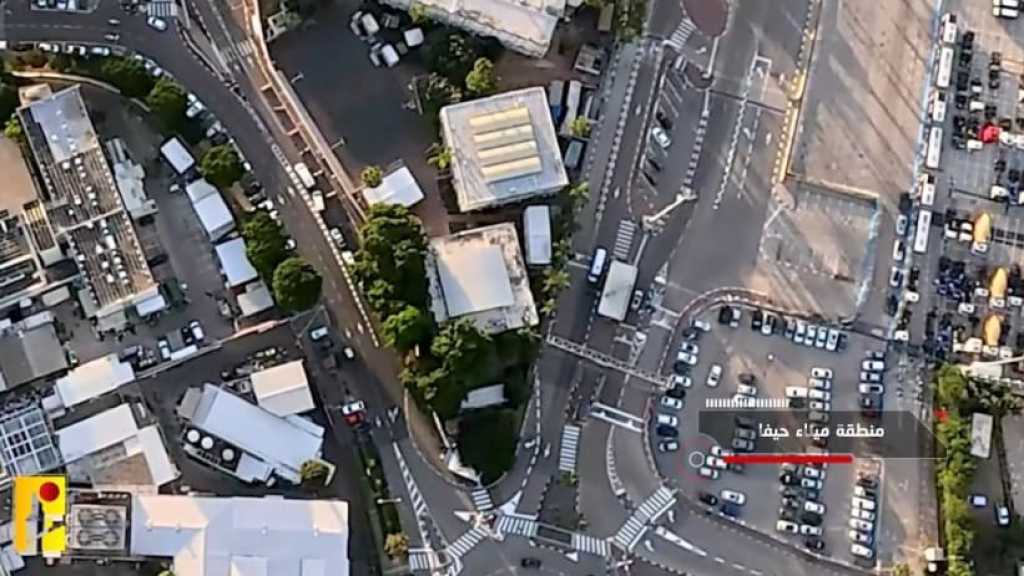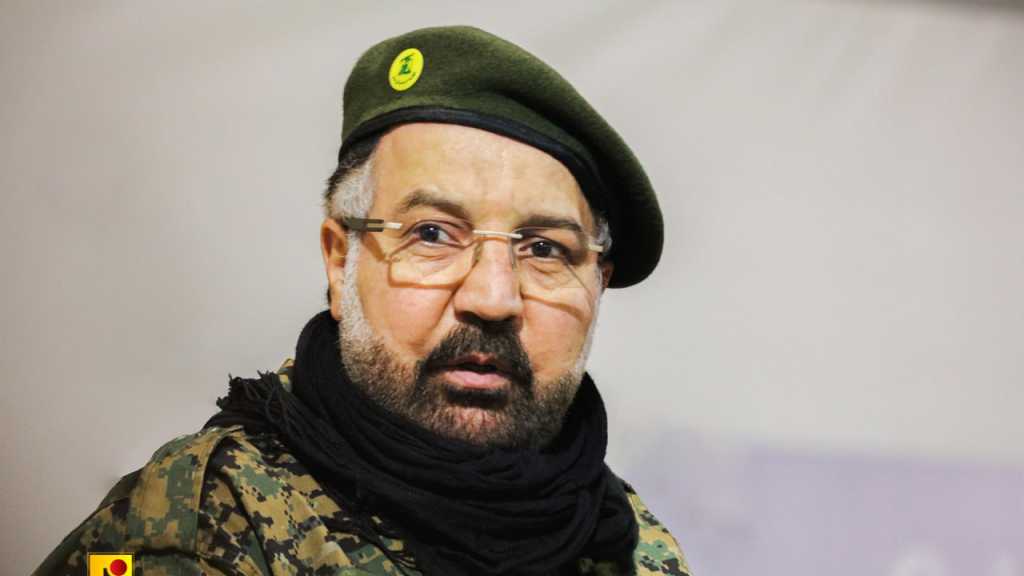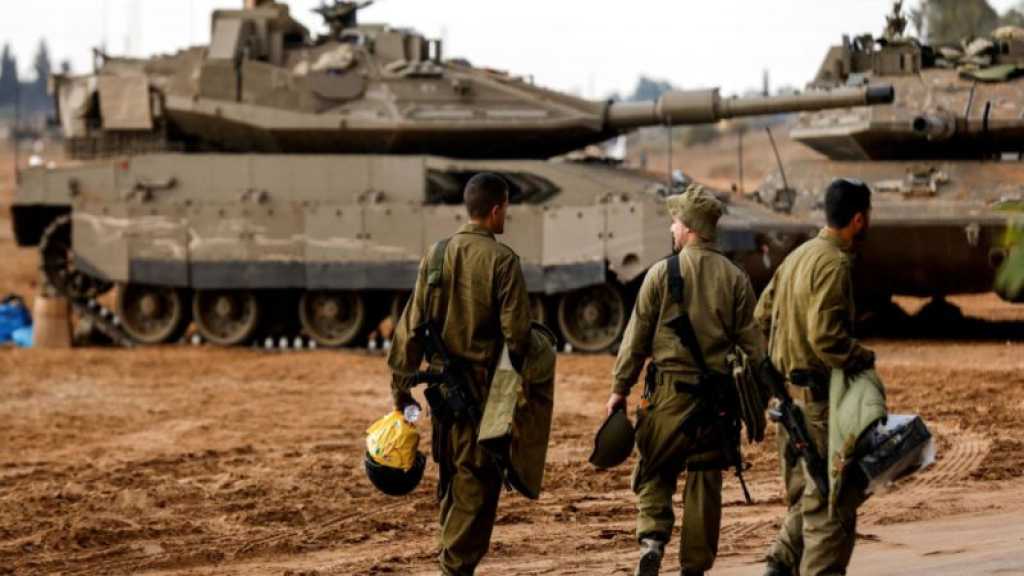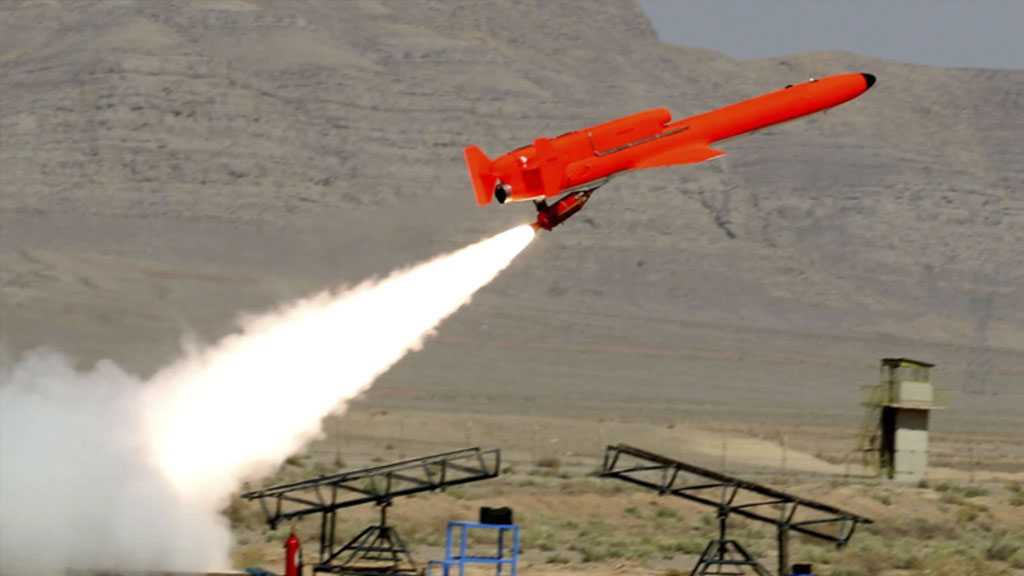The Multi-Front War: Dark Days Await “Israel”
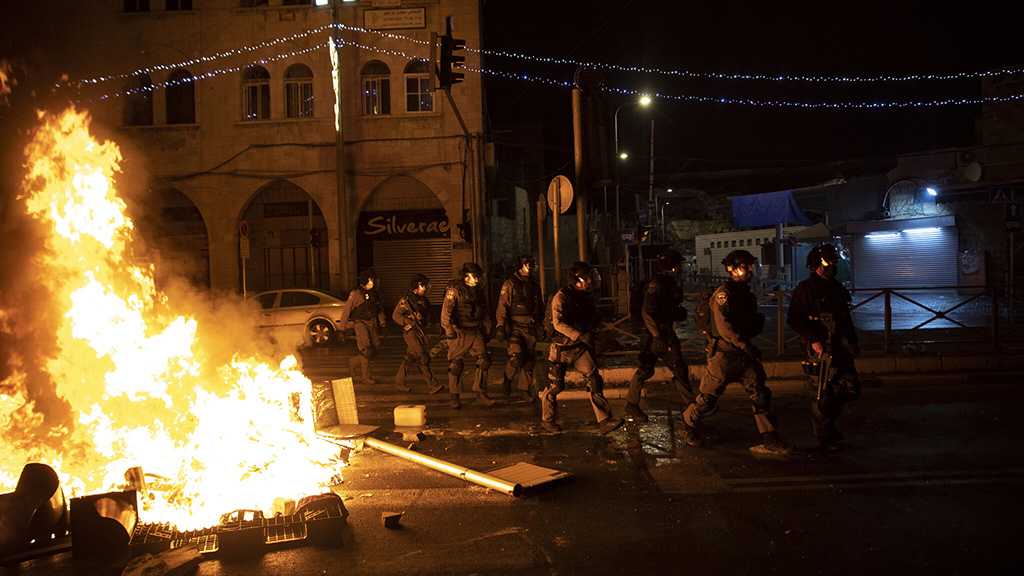
Translated by Staff, Al-Akhbar News
With each passing moment, the “Israeli” military is reinforced by the old hypothesis that Tel Aviv will one day have to deal with a multi-front confrontation. The recent resistance operations stretching from north to south, and into to the Palestinian interior – all of which could have escalated into a widescale round of fighting – only strengthened this hypothesis.
These operations reminded “Israel’s” political and security institutions of their stressful reality, while deepening the state of confusion and tension within the leadership in Tel Aviv. Their troubles are compounded by the fact that the slightest miscalculation could lead to an all-out war that would not spare any of the internal or external fronts.
The prospects of such a war have been an obsession among the “Israeli” leadership for years, and the outbreak of the “rocket party” served as a modest taste of such a scenario.
The “Israeli” army’s exercise ‘Chariots of Fire’ was supposed to take place in 2021 with the aim of simulating battles in multiple arenas. It was postponed until 2022 due to the al-Quds Sword Battle.
Perhaps this exercise serves as an indication that the aforementioned scenario was on the table even before the battle of Ramadan 2021, and that the “Israelis” don’t treat it as one of the possible scenarios, but rather as a reference and likely scenario, on which the army's combat readiness is developed.
According to “Israeli” estimates, Iran has made significant strides in the plan to impose a diverse cordon of missiles, drones, and advanced weapons around “Israel”, transforming the latter into a real battlefield from north to south.
As such, “Israel” lives with an obsession that it will find itself in the heart of a harsh confrontation that simultaneously includes Lebanon, Syria, Iraq, Yemen, the Gaza Strip, and the West Bank. That obsession stems in part from expectations that such a confrontation would deliver an unprecedented level of destruction to the home front.
This is fueling fears within the “Israeli” decision-making establishment about the possibility of localized incidents spiraling into a major confrontation. For the time being at least, all parties to the conflict appear to be treading carefully on the brink of a major collision, which they are keen to avoid.
What makes the picture darker for “Israel” is that this scenario [the multi-front war], with its military and strategic risks, may occur at a time when Tel Aviv finds itself “drowning in the most serious internal crisis in its history, while its prime minister, Benjamin Netanyahu, who promised to put Iran at the top of his priorities, is busy trying to save himself from court rulings and the people are divided.” That’s according to former “Israeli” deputy national security adviser Chuck Freilich [Yedioth Ahronoth, 4/19/2023].
Furthermore, Freilich explains that "Saudi Arabia and the UAE have resumed their relations with Iran, and Egypt is on the way. The regional axis that ‘Israel’ aspired to build is disintegrating; Iran's relations with China and Russia are deepening, and the crisis in our relationship with the United States is deep.
"All the strategy that Netanyahu built has collapsed."
However, what the former “Israeli” official did not say is that the threat to “Israel” stems not only from the failure of previous options and bets, but also from the reality that continues to take shape in light of that collapse.
It is true that the roar of missiles and planes has subsided on more than one front. However, the messages of Operation Megiddo and the subsequent missile strikes from Lebanon, Syria, and Gaza against “Israel” still echo among assessment and decision-making bodies. This is unfolding amid an escalating state of conflict in the West Bank, which is putting additional pressure on the “Israeli” leadership. The latter has so far failed to put an end to this episode, despite the many methods of intimidation and collective punishment that it employs.
“Israeli” institutions view the security developments that transpired in recent weeks as the beginning of a new phase, highly intertwined and complex, and completely different from what they have been familiarizing themselves with through simulated maneuvers.
Perhaps the main conclusion at this stage is that if “Israel” makes a decision to respond proportionally to the risks that it faces, it will find itself at the center of a multi-front battle that it fears and is keen to avoid. On the other hand, if it refrains from doing so, it will have accepted the erosion of its deterrent power.
In the most explicit acknowledgment of that reality, the “Israeli” Minister of Defense, Yoav Gallant, confirmed in a recent security briefing, with military correspondents, that “Israel” is “at the end of the era of limited confrontations” and that it is entering “a new security era in which there is a real threat [to it] in all arenas at the same time.”
And while Gallant's statement indicates the crystallization of a strategic situation, contrary to what was entrenched in the awareness of the competent authorities, it indicates that the decision-making authorities have become more cautious when examining their options to avoid the scenario that is now seen as "the Day of Resurrection."
Perhaps Gallant summed up the conceptual shift in the leadership of both the military and political establishment with the following words: “We have worked for years on the assumption that limited conflicts can be executed, but this phenomenon is disappearing. Today, there is a noticeable phenomenon called the unification of arenas.”
It is a phenomenon that requires the “Israeli” leadership, which has now adopted the aforementioned official assessment, to adjust its military plans, raise its level of readiness, and avoid miscalculation, especially since the opposing side relies on well-established, developed, and enhancing capabilities.
Gallant highlighted this point by saying that Iran is the “driving force” that provides the “resources, ideology, knowledge, and training to its agents.” He added that “the increasing dependence of all regimes on Iran is helping it extend its borders before our eyes and making it more emboldened.”
Thus, “Israel” found that a set of concepts and assessments that had always formed a basic pillar in the equations it aspired to establish in more than one arena had become irrelevant and its very foundations were shaken to near collapse, passing through a transitional phase towards crystallizing more dramatic operational options.
On this particular point, the words of Hezbollah Secretary General Sayyed Hassan Nasrallah on International Quds Day were quite clear.
He warned the enemy against “pursuing a policy of monopolizing one of the arenas … based on the assessment that the people of the region and its countries do not want to go to war.”
"This is a dangerous game, and you will not always be able to grasp its limbs and strings," Sayyed Nasrallah warned, adding that some of “Israel's” steps and calculations may drag the region into a "major war", which will certainly unfold along multiple fronts.
Against the background of the growing dangers, the “Israeli” cabinet held a discussion on the threat emanating from Lebanon and Syria. Prime Minister Benjamin Netanyahu made sure that this meeting coincided with the Holocaust anniversary and “in the presence of all the security leadership in ‘Israel’, with the aim of sending a message of strength.” That’s according to “Israel’s” Kan Channel.
Other reports suggested the session focused on the scenario of escalation on the northern front as a result of a possible escalation in Gaza, according to the estimates of the security and military establishment.
As a result, the positions of the enemy leadership, and with it its political and field performance, reveal that it is seriously dealing with the fact that the region has entered a new phase. The hypothesis of the multi-front battle has become more prominent on the table of assessments and decisions, prompting “Israel” to discuss its possible options regarding this hypothesis, especially since several previous junctures showed Tel Aviv's deep awareness of its lack of readiness to wage a battle of this magnitude with the required effectiveness and feasibility.
As such, “Israel’s” discipline in the most recent round of fighting and its focus on neutralizing Hezbollah is understood. It is to avoid entering into a vortex of response and counter-response, which increases the prospects of a comprehensive confrontation.
If this indicates anything, it is the tangible deterrent role that the integration of the fronts has come to play and its provision of a regional umbrella for the resistance movement in Palestine. It has so far succeeded in providing the latter with capabilities based on logistical and field conditions.
Also, the foregoing reveals the level reached by the axis of resistance in the process of strengthening its capabilities and fortifying its arenas, foreshadowing a new leap in the equations of power that interact with international and internal contexts in the enemy entity, all of which indicate the accelerating downward path that the entity faces.
Nevertheless, the realization of the multi-front scenario depends on a number of factors, including at this stage, the possibility of the enemy miscalculating the outcome of its aggressive steps, which will make it look like it is treading on a regional minefield that will blow up in its internal front and on the interests of its American sponsors in the region.
Comments
